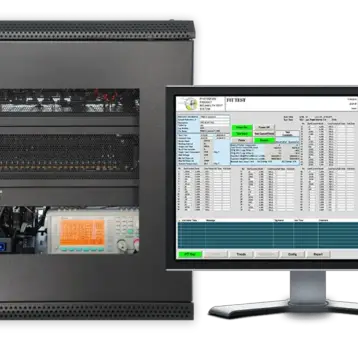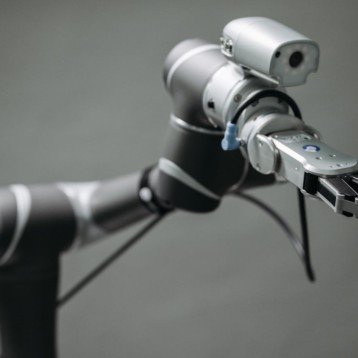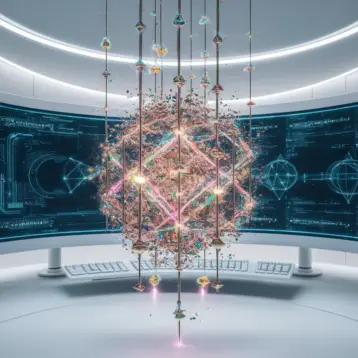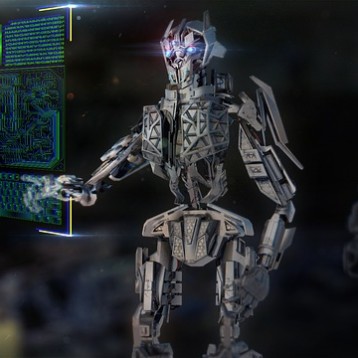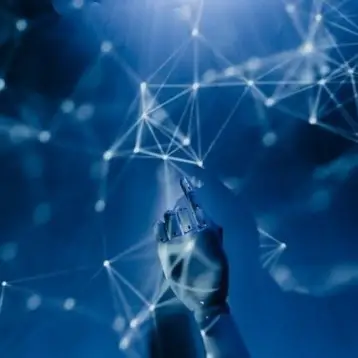The combination of these abilities – force, tenderness and sensitivity can be very efficient in practice. The robotic hand can operate in inaccessible areas where radiation, toxic chemicals or biological hazards are present, or in potentially dangerous situtations such as bomb dismantling. The robotic hand technology can also be used in rehabilitation and assistive devices, where accurate movements and sensitivity are crucial to the patient.
The very first robotic hand, “Barrett Hand”, a product of Barrett Technology, Inc. was introduced already in 1997. It was a 3-fingered device, which functioned mainly as a grasper, and was used broadly by NASA. Over the years, many different companies have further developed the idea.
The potential applications of robotic hands are numerous and varied – medical assistance, safety, even ironing the laundry. Hoever, currently, the main use of the Shadow Dexterous Hand is in research. The University of Bielefeld is using the hand in their research into situated learning and at Carnegie Mellon it is being used in a research project on grasping. Others use it in neurological and rehabilitation projects, as part of humanoid robots. However, some see a long term non-practical influence: NASA’s Robonaut group purchased the Shadow Dexterous Hand “to inspire their engineers”.
More information on the Shadow Hand can be found on the Shadow Robot website.

